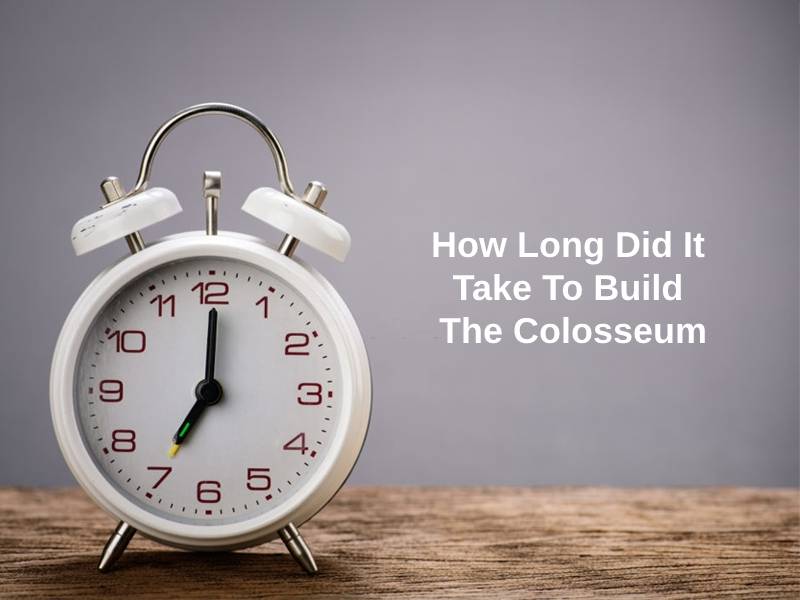Exact Answer: 20 years
Pyramids were built over many years by massive labor groups. The Pyramid Age, which began in the third dynasty and ended in the 2nd Century, lasted almost a thousand years. The Pyramids Of Giza is one of the Wonders Of the world World and the greatest of all Egyptian pyramids. It is located around five miles west of the Nile River, near Cairo, Egypt.
The Giza Necropolis, which includes the Great Pyramid, is a bigger complex. The pyramid of Khafre and the Pyramid of Menkaure are two of the complex’s other significant pyramids. The Great Sphinx and many other graves are also shown

How Long Did It Take To Build The Great Pyramid?
| What happened | When happened |
| Construction started | 2580BC |
| Construction ended | 2560BC |
The Great Pyramid was constructed for 20 years by 20,000 people. It was built in 2580 BC, shortly after Khufu was crowned pharaoh, and finished around 2560 BC. The Great Pyramid was constructed as a mausoleum for the Egyptian king Khufu. The pyramid formerly housed all of Khufu’s possessions, which he would take to the afterlife.
The pyramid was roughly 481 feet tall when it was completed. The pyramid is now roughly 455 feet tall due to erosion and the loss of the top part. Each side is roughly 755 feet long at its base. The pyramid is a large construction in addition to being tall. It has a total size of nearly 13 acres and is made up of 2.3 million stone blocks. The stone blocks are expected to weigh more than 2000 pounds each.
There are many ideas about how the Egyptians could lift such a huge stone slab to the top of the pyramid. They most likely utilized ramps to transport the stones up the pyramid’s sides, as well as wooden sleds or water to let the stones glide more easily and minimize friction.
The King’s, Queen’s Chamber, and Grand Gallery are the three main chambers found inside the Great Pyramid. Rooms are accessed from the outside through small tunnels and air shafts. The King’s Room is the uppermost chamber of the pyramid. A large granite sarcophagus can be found inside. The Grand Gallery is a vast hallway that is around 153 feet long, 7 feet wide, and 29 feet tall.
The Egyptians filled the tombs inside the pyramids with everything the pharaohs would need to survive in the afterlife. The pharaoh’s mummified body was put in a coffin and sarcophagus, and the tombs housed it. Beautiful embellishments recounted stories on the tombs’ walls.
Food, water, and wine were kept in the pyramids’ graves to aid the pharaohs on their long journey to the next world. Beautiful jewelry and clothing were put in the pharaoh’s coffin to make them look their best and arrive in style in the afterlife.
Why Did It Take That Long To Build The Great Pyramid?
The Great Pyramid took so long to build because the manpower required to complete the project in 8400 days (the Pharaoh’s reign of 23 years) was only approximately 20,000 men. These had to be fed, clothed, and housed, which consumed a significant amount of resources in and of itself, not to mention the expenditures of the construction tools, supplies, draught animals, cars, and boats.
With rotating shifts, the laborers worked on the project almost continuously. The Great Pyramid is Pharaoh Khufu’s tomb. They needed to finish it before he died.
During this period, Egypt did not use slave labor, so it is unlikely that the pyramids were built by slaves. Peasant farmers, on the other hand, were compelled to work on building projects for several weeks. This provided the necessary hired labor to construct these massive buildings. Because the fields were flooded during the summer, the family supplemented their income by working on the massive pyramids.
The pyramids were utilized as the ultimate resting sites for pharaohs (ancient Egyptian monarchs), who thought that after death, they would become gods. The pharaohs erected temples to the gods and pyramids for themselves to prepare for the afterlife.
Conclusion
The pyramid built by the Sahel kings (2491-2477 BC, the ancient kingdom) is the largest and best-preserved of the three pyramids. Scholars believe it was erected by 20,000 workers for 20 years. Since the pyramids are solid structures, no barrier or pillars are needed to support them. A pyramid is an outstanding engineering element, despite its basic shape.




















